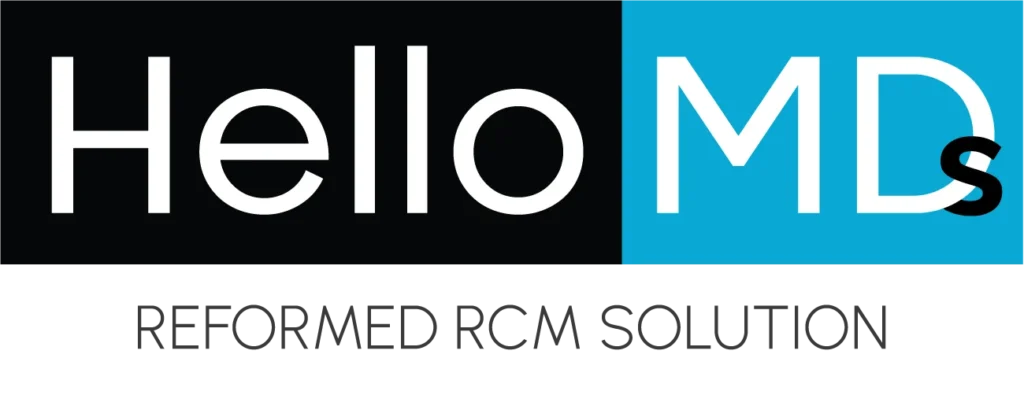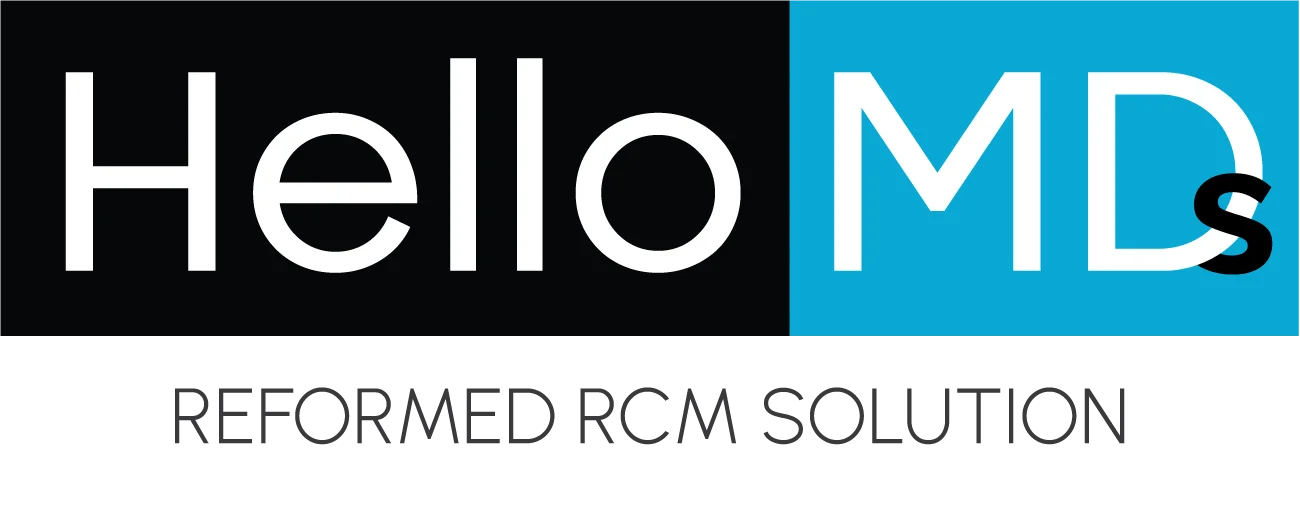In the health world of billing, accurate coding should be performed for payment and documentation. The commonly used CPT code is 99213, which refers to an office or other outpatient visit for evaluating and managing an existing patient. Thus, this article will discuss the 99213 CPT Code description, including its components, application, and execution in daily clinical practice.
What is the 99213 CPT Code?
CPT code 99213 is an E/M for office or other outpatient visits with established patients. This one describes a moderate level of care complexity, including provision by a general healthcare professional like a physician, nurse practitioner, or physician assistant. This is usually during follow-up visits, when the patient’s condition is stable but where management or adjustment may be required.
Parts of the 99213 CPT Code
The 99213 code has features that must be fulfilled to bill and code effectively. The American Medical Association (AMA) has some stipulations regarding the E/M codes, and for the 99213, they fall in the subset that calls for a moderate degree of work on patient examination. There are three sub-parts:
Let us elaborate on each step.
1. History
For a 99213 visit, the history component must be moderate. This would include reviewing the patient’s medical history, including a detailed history of present illness (HPI), a review of systems (ROS), and past medical, family, and social history. In a 99213 visit, the patient’s condition is usually stable, so the history is not as detailed as it might be for a more complicated visit.
Key parts of history:
2. Examination
For a 99213 visit, the history component must be moderate. This would include reviewing the patient’s medical history, including a detailed history of present illness (HPI), a review of systems (ROS), and past medical, family, and social history. In a 99213 visit, the patient’s condition is usually stable, so the history is not as detailed as it might be for a more complicated visit.
Key parts of history:
For instance, when a patient is coming for follow-up for hypertension, the provider might emphasize examining the cardiovascular system, and less attention may be given to other systems unless the patient presents with different concerns.
3. Medical Decision Making (MDM)
MDM may be the most important determinant of the correct CPT code for an office visit. Moderate complexity is required to support a 99213 code. This includes assessment of the patient’s medical issues and decision-making regarding further management, referrals, or tests.
The key elements of MDM are
When to Apply 99213 CPT Code
The 99213 CPT code is utilized for established patients with a medium complexity level. Some of the common scenarios to apply a 99213 include:
Time and 99213 Code
While the CPT code 99213 focuses more on the complexity of the evaluation and management of a patient, sometimes it may depend upon the time taken with the patient to select which code ought to be utilized. Normally, the time range with the patient is about 15-30 minutes; however, that could be different for more complex cases.
Time is only considered a deciding factor if more than 50% of the visit is spent on counselling or coordination of care and if the provider documents this appropriately.
Common Errors in 99213 Coding
The most common mistake in coding 99213 is over- or underestimating the complexity of the visit. For example:
Documentation for 99213
Accurate documentation is critical for substantiating the use of the 99213 CPT code. Healthcare providers should document:
How Hello MDs Streamline the 99213 CPT Code Process
Hello MD simplifies using a 99213 CPT code by providing virtual consultations with patients and healthcare providers to ensure that the required elements to code a patient’s encounter accurately are documented completely and readily available. Hello MDs provides a telemedicine platform that allows providers to collect patient information, conduct focused assessments, and derive appropriate decisions for the treatment or management of care while meeting the criteria for the 99213 code. It also supports EHR integration without augmenting administrative burden and improving coding accuracy, ensuring full reimbursement of services for providers.
Conclusion
Regarding tools available for health billing, the most useful in everyday use would be the CPT code of 99213 for moderate-level E/M, done for an established patient. Thus, there will have to be a clear understanding of each component’s history, examination, and medical decision-making, with knowledge of applying each accurately for every care case of patients, such as managing chronic diseases or altering medicines for follow-up visits. These will include keeping proper records, tracking patients, and thus meeting the coding compliance requirement to ensure that they have been implemented. Hello, MDs will implement telemedicine as a means to enable these activities. This helps the providers with optimum coding practice that supports their records, ensuring adequate reimbursement and relief from administrative workloads for health professionals.


